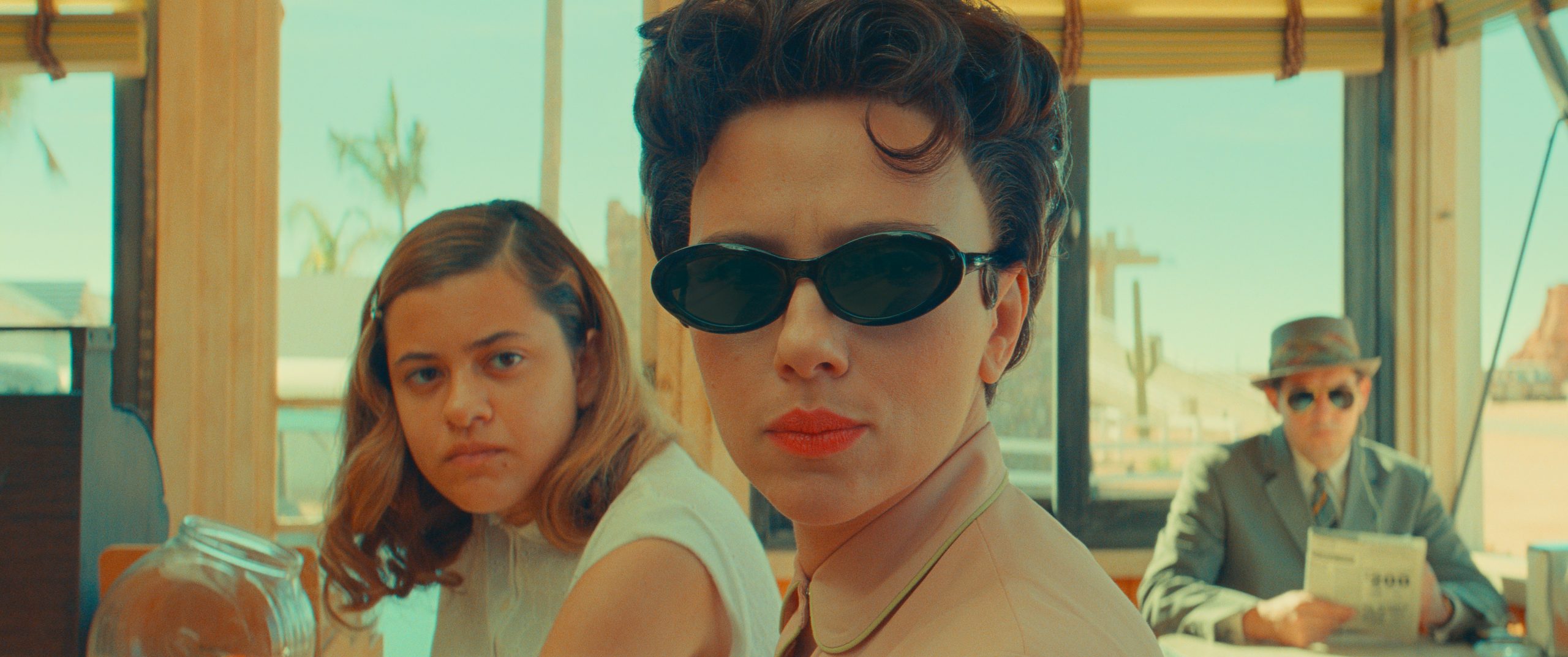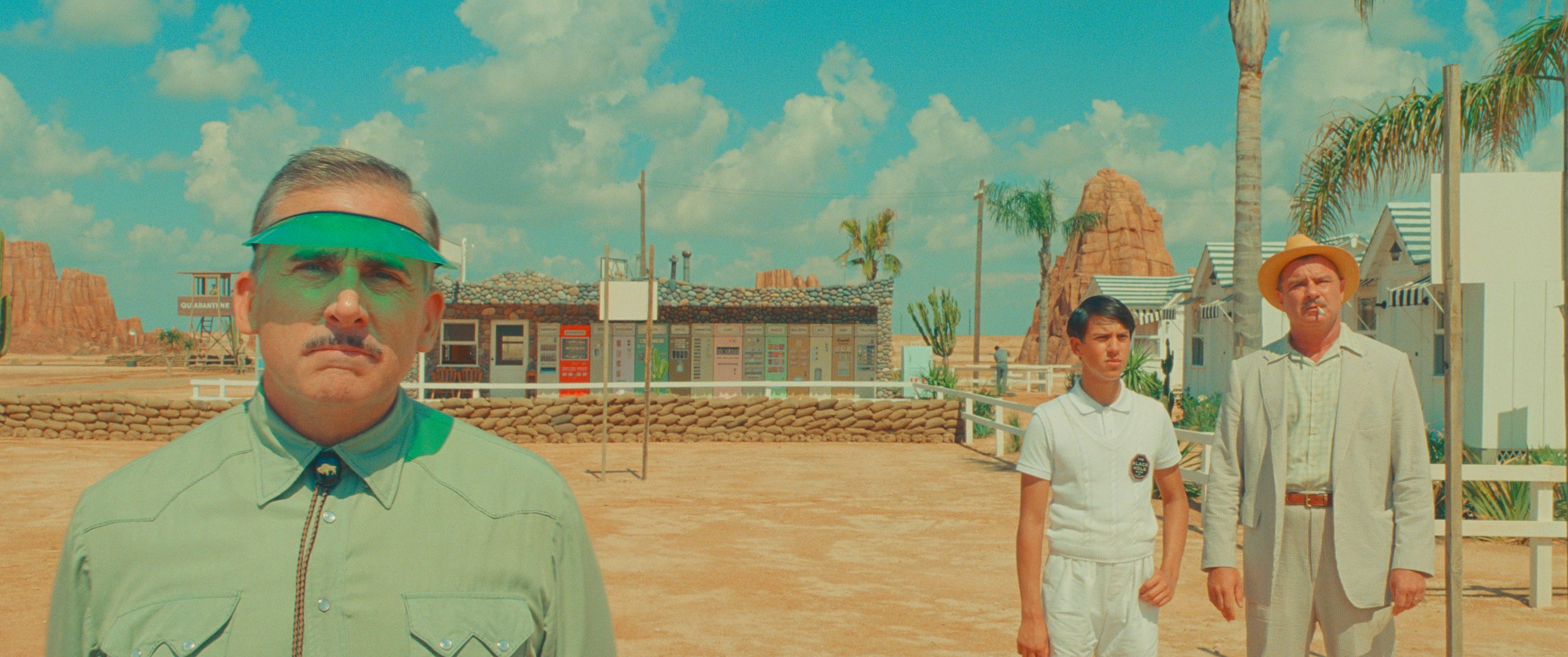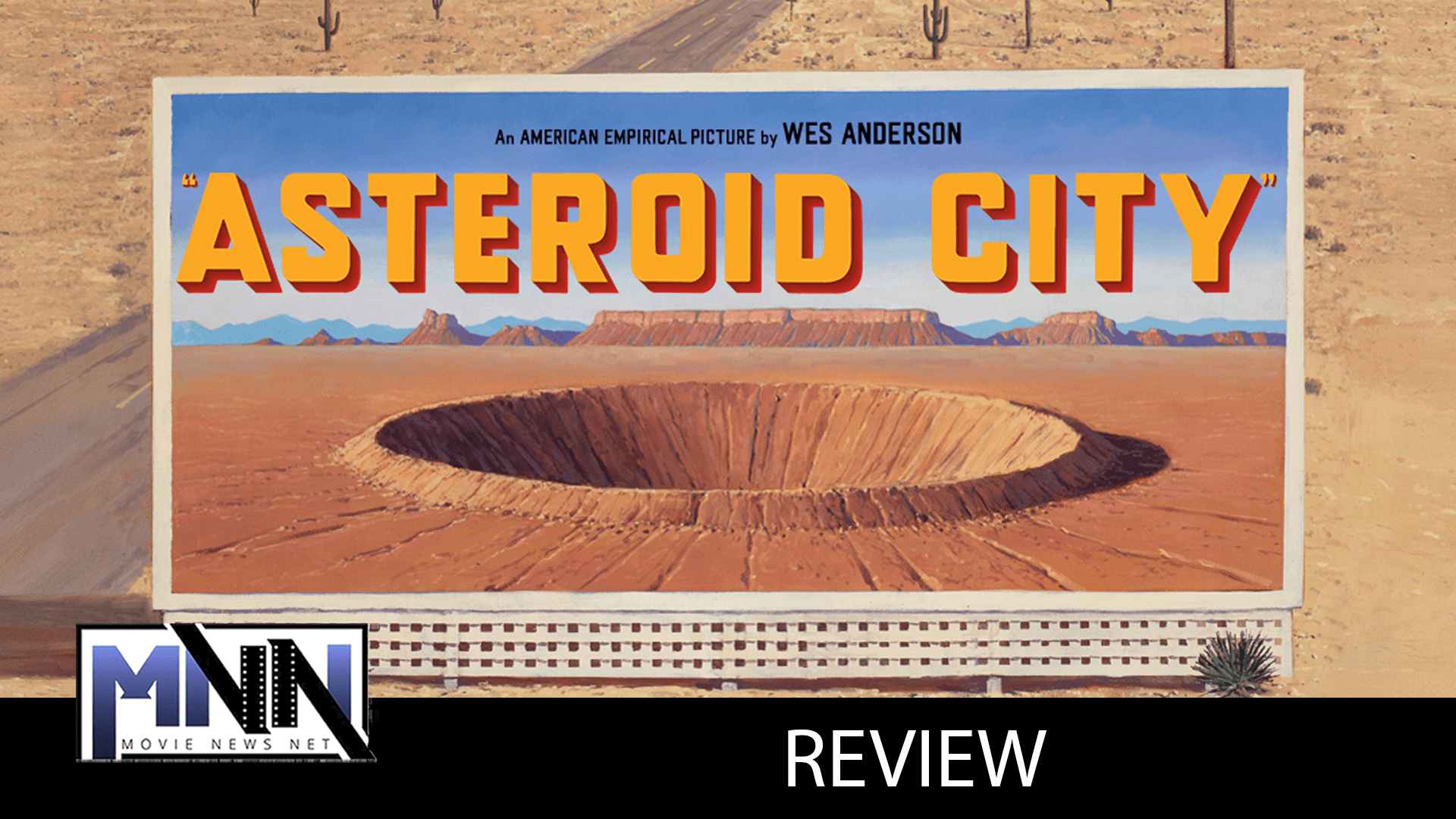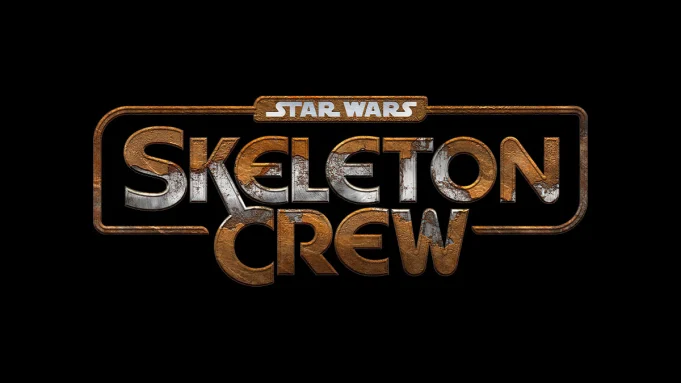‘Asteroid City’ Review: Wes Anderson Goes on an Existential Crisis
As explained by MasterClass.com, the French term auteur was first introduced by François Truffaut in his 1954 essay “Une certaine tendance du cinéma français” (“A certain trend in French cinema”), during the peak of the French New Wave. According to the theory, an auteur is a director who has such ownership and control over everything he does in their film he could be considered the actual author, much like a novelist or a painter are the authors of their respective pieces of art. This was introduced as a way to reject the idea of the industrialization of filmmaking at a time when France was seeing plenty of film directors with distinct voices rise and leave their own footprint on the screen. If we were to list modern auteurs in North American cinema, one of the first that comes to mind is certainly Wes Anderson, and his latest effort, Asteroid City, is certainly a perfect example of why.
This is not only because of his unequivocal visual style or array of frequent collaborators (Asteroid City stars pretty much everyone in Hollywood, except for Bill Murray?) but also because of how perfectly measured every shot feels. There is not a frame in the film that feels out of place or that it wasn’t thought out for hours, and from the very first line of dialogue, we feel like we just embarked on a journey. And while we may feel lost at times, or think this is going nowhere, the truth is that the driver knows where he is going and all we have to do is trust him.

(L to R) Grace Edwards as “Dinah”, Scarlett Johansson as “Midge Campbell” and Damien Bonnaro as “Bodyguard/Driver” in writer/director Wes Anderson’s ASTEROID CITY, a Focus Features release. Credit: Courtesy of Pop. 87 Productions/Focus Features
The central story of the film, which is itself a TV series about a play within a play, and we are just scratching the surface there, focuses on a gathering in the fictional town of Asteroid City, home to 87 people and a meteorite that landed on September 27, 3007 BC, and it’s been waiting on the bottom of its crater ever since. As part of the anniversary, the town is hosting a science fair where kids will compete against each other with their latest inventions. This brings all of them, along with their families, a class of eight-year-olds and their teacher (Maya Hawke), a group of musician cowboys led by Rupert Friend of all people, as well as a five-star general played by Jeffrey Wright and a scientist played by Tilda Swinton. And in one of their nights out, at the end of act one of the film, they will witness a historical event that will not only change the course of the film but also their lives.
Asteroid City feels very unique in the summer movie landscape not only because of its color palette or unique directorial approach but also because it’s the rare movie that will stay with the viewer. There is more than meets the eye in almost every scene, but the story, which seems like it’s going nowhere in the first act, has a clear sense of purpose but also a distinct voice. It’s definitely the product of Wes Anderson undergoing an existential crisis through the 2020 lockdown and asking himself “What are we doing? What is the meaning of life? What is the point?” All of that will culminate with a bonkers third act that subverts all the order and discipline that populated the film in the first act into a chaotic and insurrection-like finale that feels not too distant from what could have actually happened in a real quarantine zone.

(L to R) Steve Carell as “Motel Manager”, Aristou Meehan as “Clifford” and Liev Schreiber as “J.J. Kellogg” in writer/director Wes Anderson’s ASTEROID CITY, a Focus Features release. Credit: Courtesy of Pop. 87 Productions/Focus Features
This is the definition of a classic ensemble film à la Federico Fellini, where all the different pieces put together form a collage that has a larger meaning than its individual parts. The two main roles (of the central, in-universe fictional story), however, are Jason Schwartzman’s Augie and Scarlett Johansson’s Midge Campbell. He is a recently-widowed, war photographer, and father of four, who is trying to understand how to move forward without his wife. She is a nationwide-famous actress who accompanies her young daughter to the science competition while she also struggles with how to move forward with her own life after realizing not that much really matters to her due to her own personal traumas. The two will find some solace in their chats through their hotel windows, which will lead to a brief romance they can’t quite define, but it’s the fact that they both agree that neither one knows what to expect from it that makes it so rewarding for the two of them.
Edited with surgeon-like precision by Barney Pilling and Andrew Weisblum, and shot with Robert Yeoman’s personality-filled camera, there is rarely a moment in which we feel like we’ve abandoned the inside of the mind of Wes Anderson, for better or worse. There are a few moments throughout the film where we think we’ve had enough and might even feel a bit lost, but it’s then that Anderson throws a curveball at us.
There is a lot to chew on with Asteroid City, and if nothing else, it feels like a breath of fresh air because of its ability to stay with you after leaving the theater and daring the audience to ask questions that matter, in addition to leaving a few lines and moments open to interpretation that feel intellectually rewarding. It’s a piece of art that plays as counterprogramming to huge studio pictures, which is exactly what the auteur movement of the 1950s, also where this film is set, was all about.
The film is currently playing in theaters in most markets around the world.
Miguel Fernández is a Spanish student that has movies as his second passion in life. His favorite movie of all time is The Lord of the Rings, but he is also a huge Star Wars fan. However, fantasy movies are not his only cup of tea, as authors like Scorsese, Fincher, Kubrick or Hitchcock have been an obsession for him since he started to understand the language of filmmaking. He is that guy who will watch a black and white movie, just because it is in black and white.







